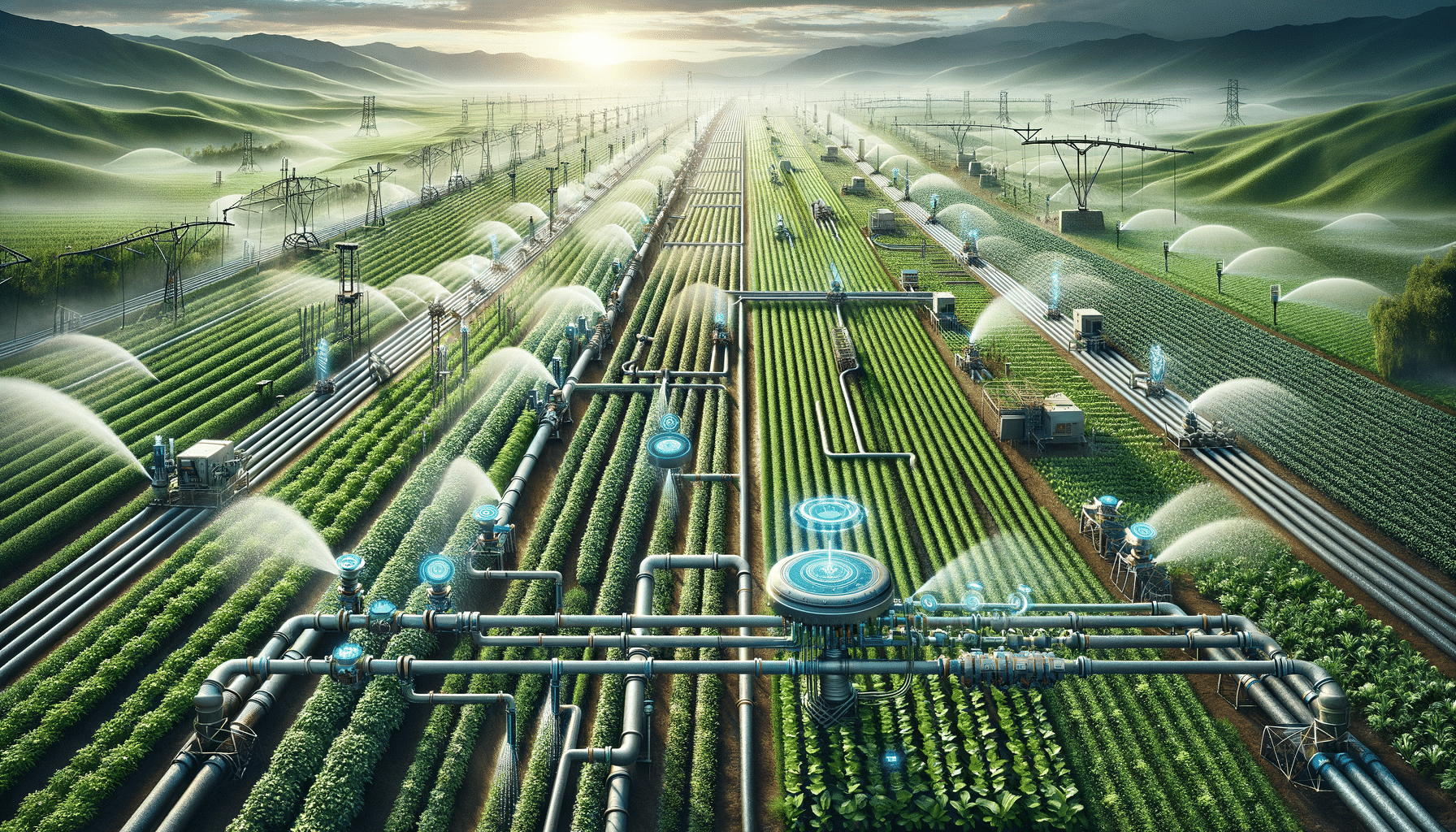Irrigation Systems: Enhancing Agricultural Productivity
Explore the significance and various types of irrigation systems in agriculture, highlighting their benefits and applications.

Introduction to Irrigation Systems
Irrigation systems play a pivotal role in modern agriculture, ensuring that crops receive the necessary water to thrive. As global populations continue to rise, the demand for food increases, making efficient water management crucial. Irrigation systems not only enhance agricultural productivity but also contribute to sustainable farming practices by optimizing water usage. This article delves into the different types of irrigation systems, their benefits, and their applications in various agricultural settings.
Types of Irrigation Systems
There are several types of irrigation systems, each designed to meet specific agricultural needs. These include:
- Surface Irrigation: This traditional method involves distributing water over the soil surface by gravity. It’s suitable for flat lands and is widely used due to its simplicity and low cost.
- Drip Irrigation: Known for its efficiency, drip irrigation delivers water directly to the plant’s root zone through a network of valves and pipes. It minimizes evaporation and runoff, making it ideal for water-scarce regions.
- Sprinkler Irrigation: Mimicking natural rainfall, this system sprays water over crops using overhead pipes. It’s versatile and can be used on varied topographies and soil types.
- Subsurface Irrigation: Water is applied below the soil surface, reducing evaporation and ensuring deep root watering. This method is beneficial for high-value crops.
Each system has its advantages and is chosen based on factors like crop type, soil condition, and water availability.
Benefits of Irrigation Systems
Irrigation systems offer numerous benefits that enhance agricultural productivity and sustainability. These include:
- Increased Crop Yield: By providing consistent water supply, irrigation systems help in achieving higher crop yields compared to rain-fed farming.
- Water Conservation: Modern irrigation techniques, such as drip irrigation, significantly reduce water wastage, promoting sustainable water usage.
- Soil Fertility Maintenance: Controlled irrigation prevents soil erosion and maintains its nutrient content, ensuring long-term fertility.
- Flexibility in Crop Selection: With reliable water supply, farmers can diversify their crop choices, including those that are not rain-dependent.
These benefits underscore the importance of adopting efficient irrigation systems in agriculture.
Challenges in Implementing Irrigation Systems
Despite their advantages, implementing irrigation systems can pose challenges. These include:
- High Initial Costs: The setup of advanced irrigation systems, such as drip or subsurface irrigation, can be costly, deterring small-scale farmers.
- Maintenance Requirements: Regular maintenance is necessary to ensure the systems function optimally, which can be labor-intensive and costly.
- Water Source Dependency: Irrigation systems are reliant on a consistent water source, which may not be available in all regions.
- Technical Knowledge: Farmers need adequate training to operate and maintain these systems effectively, which may require additional resources.
Addressing these challenges requires government support, subsidies, and training programs to make irrigation systems accessible to all farmers.
Conclusion: The Future of Irrigation Systems
The future of irrigation systems lies in technological advancements and sustainable practices. Innovations such as smart irrigation systems, which utilize sensors and data analytics, are paving the way for more efficient water management. As climate change continues to impact water availability, the adoption of advanced irrigation systems becomes increasingly critical. By investing in these technologies, farmers can ensure food security and contribute to environmental conservation. The journey towards efficient irrigation is ongoing, with the potential to transform agricultural landscapes across the globe.